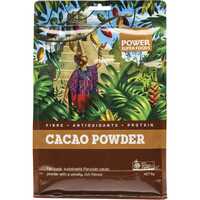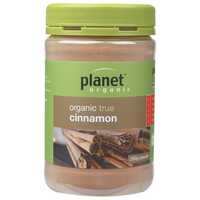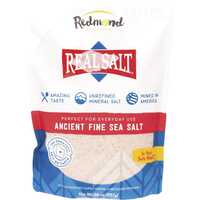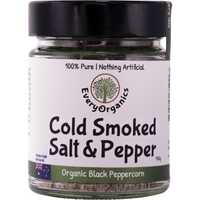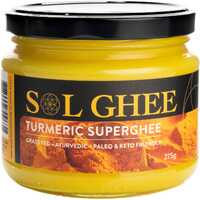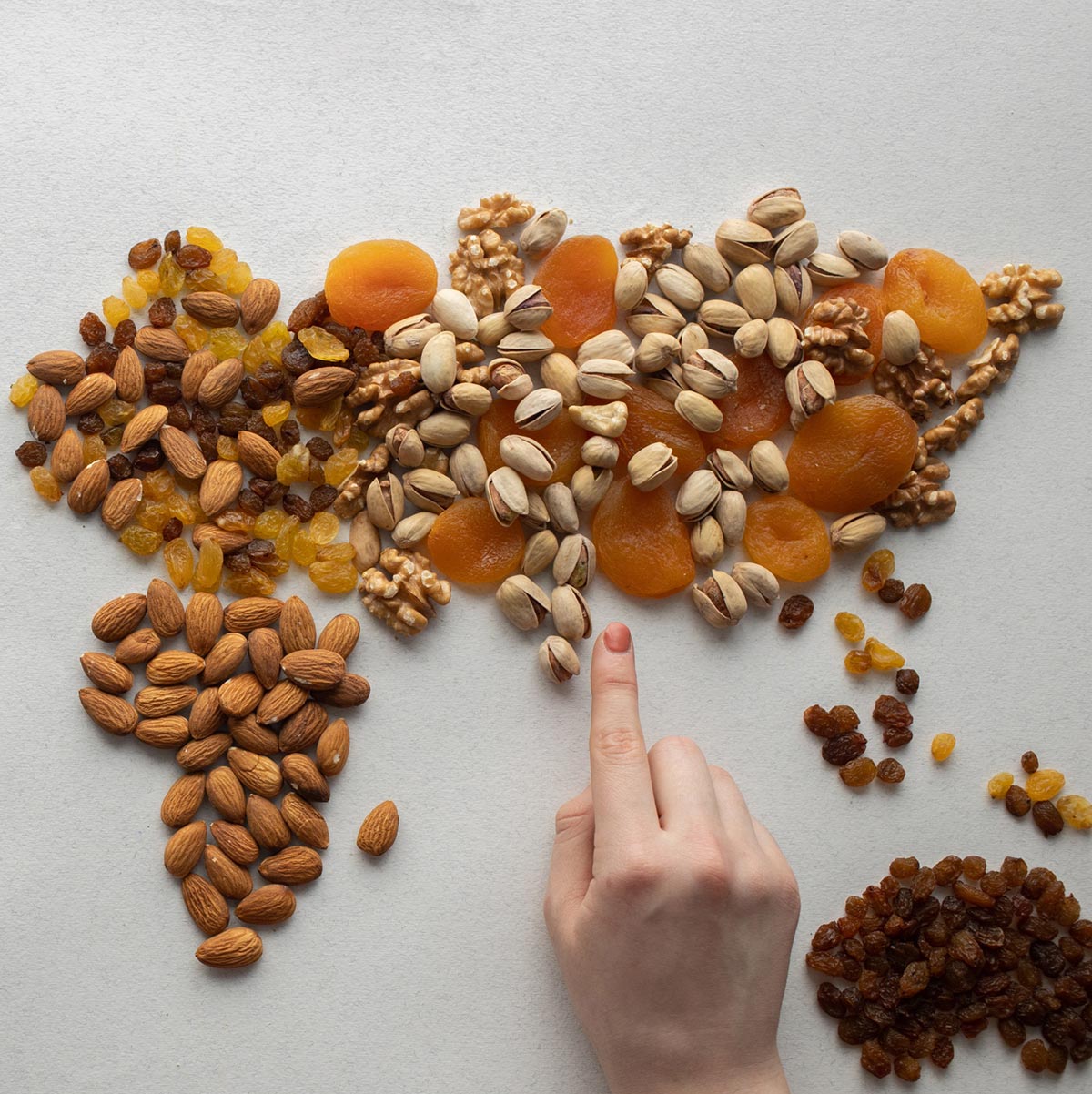The world is full of amazing foods and inspiring culinary traditions. From east to west, from north to south, every nation on Earth has developed its own unique food culture. The term "cuisine" is often used to describe specific taste combinations and cooking styles, and more often than not, it's associated with a specific geographic region. There are literally hundreds of cuisines around the world, and each one is defined by authentic ingredients, flavour combinations, and cooking practices.
Let's take a long look at global cuisines and why they taste the way they do. From traditional dishes to exotic flavours and creative combinations, learning about food helps you to appreciate the richness and diversity of the world.
What Defines a Cuisine?
Before we dive deep into the world's best cuisines, it's important to understand exactly what a cuisine is. More than a collection of ingredients, a cuisine combines specific flavour combinations and cooking techniques with elements of geography, trade, and local customs. Global cuisines are developed over centuries as regional ingredients and flavours become part of a nation's identity. Colonisation has also been influential in the dispersal and fusion of particular food traditions.
The following elements help to define every global cuisine:
Food ingredients
Except for the most basic of foods, all dishes consist of multiple ingredients. Different macronutrients are used to create substance, with proteins, carbohydrates, and fats combined in various combinations. Some of these ingredients are shared between cuisines, such as red meats and vegetables; and others share a similar function, such as bread, pasta, and rice. These foods are influential in every global cuisine, often in combination with smaller and richer flavours.
Along with the base foods listed above, which have a universal appeal, many other ingredients are used to add flavour and personality. These rich and distinctive ingredients help to define particular cuisines. From herbs and spices to nuts, seeds, and oils, the use of particular ingredients helps to shape national food cultures over time. For example, spices have a huge influence on national taste preferences, and they're a big reason why some cuisines are more popular than others.
Flavour combinations
A cuisine is about more than specific ingredients; it's also about how foods are combined. While meats, carbohydrates, and fats are shared across the world, different cultures have developed their own unique combinations. For example, while most people around the world eat chicken, the addition of certain spices and dried fruits is limited to some cultures. In contrast to modern menus, traditional cuisines often apply similar flavour combinations across multiple dishes.
Food combining is a proven concept based on a very simple idea — certain foods go well together, and others do not. There are stark differences between cultures, however, and these preferences are often exaggerated over time. Along with combining base ingredients, such as meats, vegetables, and grains, specific flavour combinations are what largely define a cuisine. For example, while much of the world enjoys access to the same herbs and spices, particular cuisines take shape when one culture uses the same combinations time and time again.
Traditions and techniques
Along with ingredients and combinations, each global cuisine has its own techniques and traditions. From how ingredients are harvested to particular cooking vessels and eating rituals, food preparation and consumption habits are important. It starts from the very beginning, with some cultures adopting their own farming practices in an effort to produce certain food flavours. This follows through to harvesting and butchering, which can have religious connotations within Islamic, Jewish, and indigenous communities.
Food preparation and cooking methods differ widely between cuisines. For example, while some nations have adopted "fast food" practices, others practice slow and deliberate cooking over many hours or days. Not only does this affect the final flavour of the food, but it also influences family and community life. Different global cuisines also use their own cooking vessels, some of which are closely associated with the cuisine itself. To offer an obvious example, the tagine is both a famous Moroccan dish and the earthenware pot in which it's cooked. Even when cultures use the same exact ingredients, the techniques used to prepare and cook food alter the final outcome.
The Top 7 Global Cuisines
While each nation on Earth has its own cuisine and some countries have dozens of regional variations, they don't all have the same appeal. Let's take a look at the world's most popular cuisines, from Europe to Asia and beyond.
French cuisine
French food is loved the world over for its rich and refined flavours, which have influenced food culture across the world. French food utilises various regional meals and methods, which developed slowly through signature cooking techniques. French recipes use lots of liquids, including marinades, vinaigrettes, and sauces of every style. There are five French mother sauces: béchamel, velouté, espagnole, hollandaise, and tomato. Popular French dishes include coq au vin, ratatouille, quiche, and pate, which can be found in kitchens all over the world.
Italian cuisine
With restaurants in almost every city on Earth, Italian food has taken over the entire world. This simple cuisine includes numerous dishes, such as fish, pasta, and various fruits and vegetables. Tomatoes and cheese are widely used in savoury Italian meals, and sweet desserts utilise citrus, pistachio, almonds, vanilla, cinnamon, and sweet cheeses. Overall, Italian food relies on the quality of the ingredients over the complexity of preparation. Some popular examples of Italian food include pasta dishes, pizza, risotto, and cured meats.
Greek cuisine
Along with French and Italian food, Greek cuisine is a highlight of Mediterranean cuisine. Just like other southern European nations, Greek cuisine includes lots of olive oil, grains, vegetables, fish, and meat. A wide variety of meats are used, including beef, lamb, pork, poultry, rabbit, and goat. Along with variety, Greek food is all about freshness and flavour. Greece is home to numerous spices, with basil, oregano, rosemary, sage, and thyme used in many meals. Popular Greek dishes include gyros, moussaka, papoutsakia, and soutzoukakia.
Indian cuisine
Indian food is incredibly popular, often in countries far away from the subcontinent. Characterised by rich, spicy sauces and delicious dairy desserts, Indian cuisine is a global treasure. Indian cuisine consists of six flavours: sour, sweet, salty, bitter, astringent, and pungent. It's also based on three doshas: vata, kapha, and pitta — which are generated by abstract natural elements. Popular spices used in Indian food include cumin, coriander, cinnamon, turmeric, and cardamom. Favourite Indian dishes include masala dosa, chaat, dal makhani, vada pav, tandoor-cooked meats, chutneys, and curries.
Japanese cuisine
Japanese food was relatively unknown in the West a few decades ago, but it's now found on many street corners. This unique cuisine includes lots of small and delicate dishes, with the principal ingredients being rice, grains, vegetables, mushrooms, beef, and seafood. The sea is a valuable source of food for Japanese people, with various fish, shellfish, and seaweed products utilised in recipes. Rice is also central to Japanese food, including non-glutinous uruchi rice and glutinous mochi rice. Popular Japanese dishes include sushi, tempura, sashimi, and miso soup.
Chinese cuisine
Chinese cuisine includes a diverse collection of dishes originating from the heart of Asia. You can find Chinese restaurants across the world, with a unique combination of meats, vegetables, rices, and sauces presented in various combinations. Chinese food is rich in flavour, including ingredients like soy sauce, oyster sauce, dried mushrooms, sesame oil, and Chinese five spice. Rich sauces play an integral role in Chinese cooking, as do a variety of meats and fresh vegetables. Chinese favourites include Kung Pao chicken, sweet and sour pork, Peking roast duck, chow mein, and spring rolls.
Mexican cuisine
We haven't mentioned the Americas yet, which is entirely unfair. The most popular food from the Americas would have to be Mexican, with this staple cuisine found across the world in restaurants, fast-food bars, and residential kitchens. Mexican dishes utilise a number of fresh and dried ingredients, including beans, corn products, avocados, chipotles, limes, and cheeses. Herbs and spices also play an important role, with traditional Mexican seasoning always tasty but not always spicy. Popular Mexican dishes include tacos, nachos, enchiladas, burritos, chilaquiles, and tamales.
Along with these leading global cuisines, there are also many others. Spanish cuisine is enjoying a surge in popularity, Vietnamese food can be found in most major cities, and the influence of Persian cuisine stretches far beyond Iranian borders. There has also been a sharp rise in fusion dishes, with countries like the United States and Australia combining diverse ingredients and creating brand-new food traditions.
If you want to explore new global cuisines, it's important to find high-quality ingredients. At Healthy Being, we have all the flavours you need at unbeatable price. From herbs and spices to nuts, seeds, and dried fruits, we are your trusted one-stop health food partner. Shop now and enjoy free shipping options across Australia and worldwide delivery!


 Certified Organic
Certified Organic Vegan Friendly
Vegan Friendly  Vegetarian
Vegetarian Organic Ingredients
Organic Ingredients Dairy Free
Dairy Free Gluten Free
Gluten Free Keto Friendly
Keto Friendly























